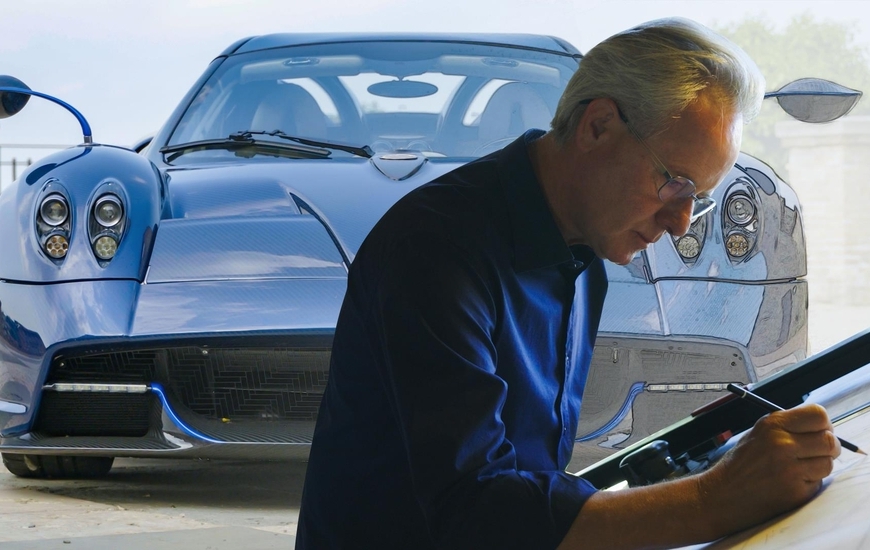Our journey in discovering the future (but also the present) of composites lands in the atelier of one of the most famous supercar manufacturers, Horacio Pagani, who also was one of the pioneers in the use of composites for the automotive industry when in few believed it. Here is the report of the conversation with the Argentine-born entrepreneur on advanced materials and hypercars worth over two million euros.
BY NICOLA CATENARO
How important are composite materials for Pagani supercars?
"Given that there is an enormous quantity of materials in a car, from aesthetic to purely technical ones, it must be said that we design them all at home, taking care of the calculations, and I would add that in our opinion there are no materials right or wrong, rather materials in the right place or the wrong place. Talking about composites, I was probably the first, almost forty years ago, to believe in them and to use them for the bodywork and structural parts in a supercar. Composites are strategic for our cars and we invest heavily in research and testing of new materials».
Customize your dream car on Internet, maybe with a carbon-look set-up, and then order it with a click and receive it at home. Will this be the future of the luxury car market?
«I don't think this modality will ever replace the human relationship. And we saw it during Covid, which minimized contacts and canceled a fundamental component of the experience lived by those who buy one of our cars. This path, for demanding customers like ours who want their car to be like a tailored suit, cannot be virtual nor can it easily take place on Internet as happens with generic materials or products».
In your opinion, what is the predominant value today in the use of a material such as carbon fiber in the automotive sector? Aesthetic or structural?
“When we started in the 1980s, the use of composites in the construction of our cars was mainly structural. As it already happened historically in the aeronautical field or for single-seater Formula One cars. Almost immediately, however, we realized that they were a very valid alternative in the aesthetic field to the hand-worked aluminum sheet. And they also gave us the possibility to create very plastic shapes with very noble quality components such as prepregs. In 2000, when we presented the first car made entirely with visible carbon, a Zonda, in Geneva, at the end of a seven-year research path, we realized that customers were very attracted to carbon look composite cars. And we continued. Today we have forty different composite materials of our own designed since the 1980s. Seventy-eighty percent of our cars are in carbon look and the long research work has allowed us to better define the color, the types of fiber, the carbotitanium and so on. From an aesthetic point of view, therefore, the composites occupy an interesting space with regard to the bodywork and the interiors. But also for the structural part, if you think that today we are able to make the frame of a hypercar in only three parts thanks to the ability to create any shape with composites».
Click to see the amazing video of the last Pagani hypercar:
-

-
30 March 2021






















